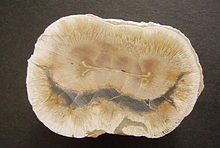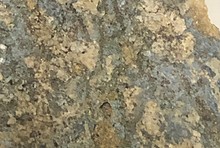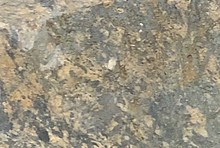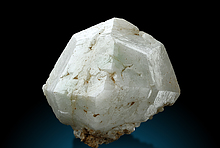Mining fine calcite in northern kentucky
Last Updated: 14th Apr 2017By Colin loveless Loveless
Recently, I have been interested in mineralogy and metallurgy and that sort of stuff. I started mining calcite at a huge quarry with huge clear or very white calcite rectangular samples. I have lots of calcite and I am planning to sell some of it to a mineral store. Some things about calcite is that the clearer it is, the more expensive and different it is. Calcite also is transparent meaning light can pass through. My samples are half clear half white which I think is due to fractures of the hammering to get it out of the calcite deposit. Most of the calcite I find is rhombical calcite. It likes to form in cubic like white crystals. It is located in a huge limestone quarry. Calcite is also the most stable polymorph of calcium. The average structure is trigonal-rhombohedral. The most uses for calcite is making it into an oxide and using it for cement.
- Colin loveless
- Colin loveless
Article has been viewed at least 1933 times.
















